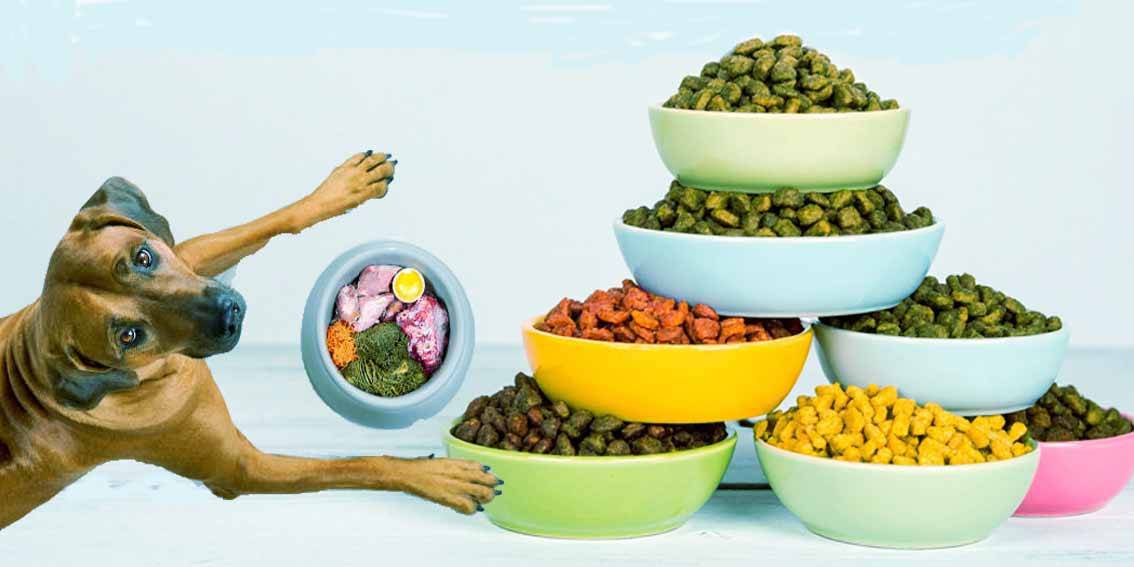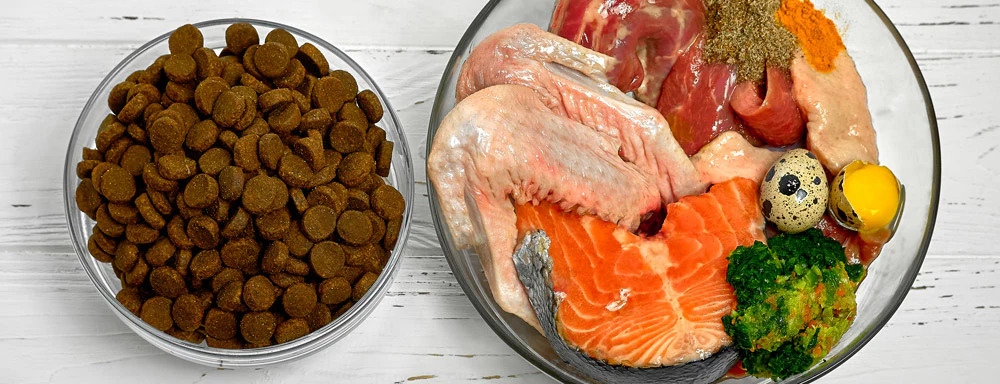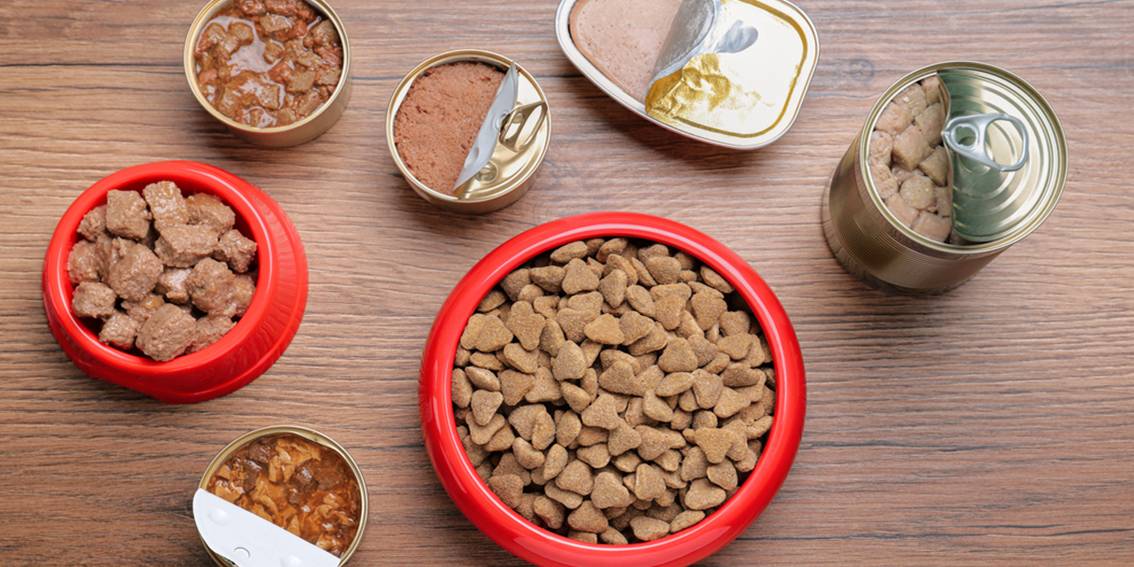Food pyramid for dogs: A Nutritious and Complete Diet for Dogs
Food pyramid for dogs provides a simple visual guide for feeding your dog. It illustrates the ideal balance of different food groups. This model helps owners build a nutritious and complete diet for their canine companions.
The Foundation: Water
Fresh, clean water forms the base of the pyramid. Water is the most essential nutrient. A dog’s body needs constant access to it for every metabolic process. Dehydration can cause serious health issues quickly. Always ensure your dog’s water bowl is full and clean.
Level 1: High-Quality Protein
Protein sits directly above water in importance. Dogs are primarily carnivorous. They thrive on animal-based proteins. This group includes meat, poultry, fish, and eggs. Protein builds and repairs muscles, organs, and tissues. It also supports a healthy immune system. Choose foods with named meat sources, like chicken or beef, as the first ingredient.
Level 2: Healthy Fats
Fats provide the most concentrated source of energy. They are crucial for absorbing certain vitamins. Fats support brain health and maintain a healthy, shiny coat. Sources include fish oil, chicken fat, and flaxseed. Omega-3 and Omega-6 fatty acids are particularly important. Balance is key, as too much fat can lead to weight gain.
Level 3: Vegetables and Fruits
Vegetables and fruits provide essential vitamins, minerals, and fiber. Fiber aids in healthy digestion. Many fruits and veggies also contain antioxidants. These compounds support cellular health. Safe options include carrots, green beans, blueberries, and pumpkin. Always avoid toxic foods like grapes, onions, and garlic.
Level 4: Carbohydrates
Carbohydrates provide energy and dietary fiber. Dogs have no strict biological requirement for carbs. However, they can be a valuable energy source. Whole grains like brown rice, oats, and quinoa are good choices. They are more digestible than refined grains. Some dogs with sensitivities may thrive on a low-carb or grain-free diet.
The Apex: Treats and Supplements
The very top of the pyramid is the smallest section. This level represents treats and supplements. Treats should make up no more than 10% of a dog’s daily calorie intake. They are for training and rewards, not core nutrition. Most healthy dogs on a balanced commercial diet do not need supplements. Only give supplements under veterinary guidance for specific health needs.
Portion Control is Key
The pyramid shows what to feed, but quantity matters just as much. The correct portion size depends on your dog’s size, age, breed, and activity level. Follow the feeding guidelines on your dog food package as a starting point. Adjust portions based on your dog’s body condition. A veterinarian can help you determine the perfect amount.
Conclusion
Food pyramid for dogs is a practical tool. It emphasizes a diet rich in protein, balanced with fats, and supplemented with wholesome carbohydrates, fruits, and vegetables. Remember that every dog is unique. Use this pyramid as a general guide and always consult your veterinarian to create the best nutritional plan for your individual pet.



